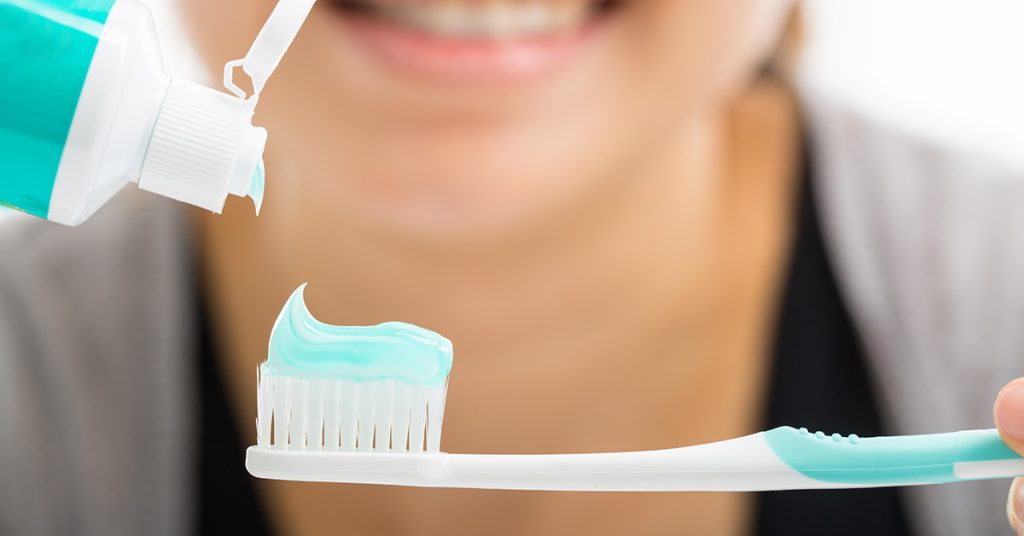Dentists and oral health professionals are quite clear as to what we have to do to have good oral hygiene. The guidelines are basically: brush twice a day using a brush with soft bristles, and tartar-control toothpaste with fluoride, floss, and use mouthwash. Other guidelines include a healthy diet, no smoking, and regular dentist visits.
But what about HOW to brush properly and the exact guidelines to follow?
How to properly brush your teeth
Dr. Jihad Ghzail takes us through a step-by-step guide to properly brushing your teeth. He first recommends placing your toothbrush at a 45-degree angle to the gums. After that, gently move the brush back and forth in short (tooth-wide) strokes. Brush the outer surfaces, the inner surfaces, and the chewing surfaces of the teeth. To clean the inside surfaces of the front teeth, tilt the brush vertically and make several up-and-down strokes.
Dr. Ghzail continues by saying that, of course, brushing your teeth is only a part of a complete dental care routine, also it is inevitable:
- Clean between the teeth daily once a day. Tooth decay-causing bacteria still linger between teeth where toothbrush bristles can’t reach. This helps remove plaque and food particles from between the teeth and under the gum line.
- Eat a balanced diet that limits sugary beverages and snacks.
- See your dentist regularly for prevention and treatment of oral disease.
What about mouthwash?
Mouthwash is important to use twice a day as it removes remainders of bacteria in your mouth.
Chlorhexidine gluconate is a prescription germicidal mouthwash that decreases bacteria in your mouth. It can kill the bacteria in your mouth that cause gum disease. This makes it an effective antiseptic mouthwash. Your dentist can prescribe it to treat the inflammation, swelling, and bleeding of gingivitis. Chlorhexidine is the most effective antiseptic mouthwash to date. Dentists primarily prescribe it to treat the inflammation, swelling, and bleeding that comes with gingivitis.
Now, Dr. Ghzail explains the side effects of Chlorhexidine mouthwash. There are three side effects of using chlorhexidine to consider before using it:
- Staining. Chlorhexidine might cause staining of tooth surfaces, restorations, and the tongue. Often, a thorough cleaning can remove any stains. But if you have a lot of anterior white fillings, your dentist might not prescribe chlorhexidine.
- Alteration in taste. Some people experience an alteration in taste during treatment. In rare instances, permanent taste alteration is experienced after the treatment has run its course.
- Tartar formation. You may have an increase in tartar formation.
For effective oral care products, we recommend the Elgydium products




